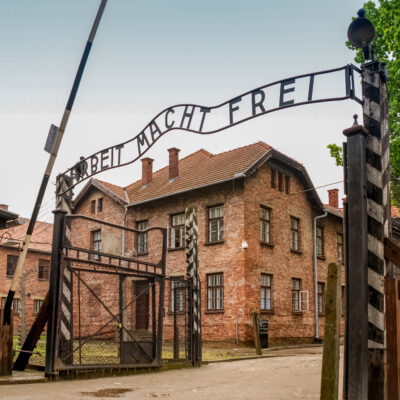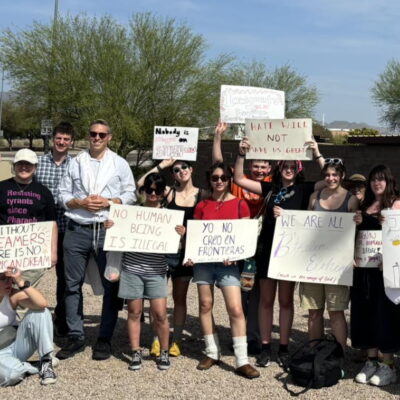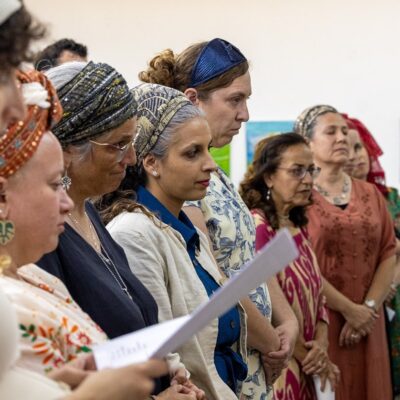Challenging the Non-Profit: Is There Ever a Good Time for Strategic Planning?
The present economic atmosphere is putting incredible pressure on most non-profit organizations. Many agencies have had to cut back on the services they offer to the community and they have limited the number of clients that can be served. Simultaneously they have had to analyze their income and expenses and to try to stay with in 2009 budget while trying to develop a financial plan for 2010.
In making the necessary budgetary adjustments agencies are feeling the pressure to reevaluate their staffing including looking at who does what and trying to determine if they can reduce costs by eliminating positions. Throughout the non-profit sector around the world professional and administrative staff positions have been reduced as organizations have been retrenching and attempting to be cost effective in their delivery of services. What is the impact of all these budget cuts, trimming the staff and focusing services on the agency’s functioning and presence in the community for today and tomorrow?
The best way to move ahead in the environment we are facing is to implement a strategic planning process with a focus on both the short and long terms. It is an opportunity for the professional staff and the board of directors to work together to insure the integrity of the non-profit organization and maintain the essence of the agency’s purpose in providing valuable and needed services. There should be a simultaneous focus on resource development; program evaluation and development; and assessment of the staff functions.
Beginning the strategic planning process can often be the most difficult aspect and there needs to be a real commitment to “rally the troops” who will feel the enthusiasm of the executive and the board chair in initiating the process. It provides an opportunity to infuse renewed energy during a time when it is easy to focus on the overwhelming financial challenges faced by most organizations. Thought should be given to the people who will be approached to serve on the committee and the roles they will play.
Generally speaking it is a time to include members of the professional and administrative staff, former officers and board members, possibly recipients of the agency’s services, and even general residents of the community. One of the underlying purposes of a planning committee is to stimulate thinking “out of the box”. By building a group that represents a broad constituency there is a greater chance of stimulating creative thinking. In addition to having a cross section involving a cross section of people the process also works to strengthen community support for the non-profit organization and this is very important during these times.
Once the committee has been selected and a professional staff member or outside consultant has been appointed to facilitate the planning process then the work (and the fun) begins. Yes, the planning process is one of the most enjoyable experiences people have when serving on committees. It provides people with an opportunity to tackle real issues and to think about solutions that can have a lasting impact on the purpose, structure and function of organizations. This is a time to even review the mission of the agency and to explore how the mission is translated into the programs and services provided to the community.
Simultaneously, the process is structured to be completed within a specific timeline so that it is not an open-ended discussion that does not produce a plan with specific goals and targets. The success of the plan is being tested during its implementation and in noting its achievements. When there are serious challenges in the planning and implementation phases, the timeframe can be adjusted to accommodate unanticipated changes in the environment or in the organization and the plan can be adjusted accordingly if and when more time is needed.
Taking the time to plan strategically will strengthen the organization, the professional and lay leadership, and equip it to meet the future. It is an opportunity for the leadership to renew their commitment to the highest quality service and to the clients they serve in the community. There is much to be gained by taking the time to engage in this process and there is far more to be lost by making spur of the moment decisions without a view toward the future.
Stephen G. Donshik, D.S.W., is a lecturer at Hebrew University’s International Leadership and Philanthropy Program and has a consulting firm focused on strengthening non-profit organizations and their leadership for tomorrow. Stephen is a regular contributor to eJewish Philanthropy.













